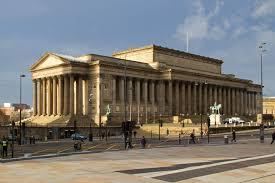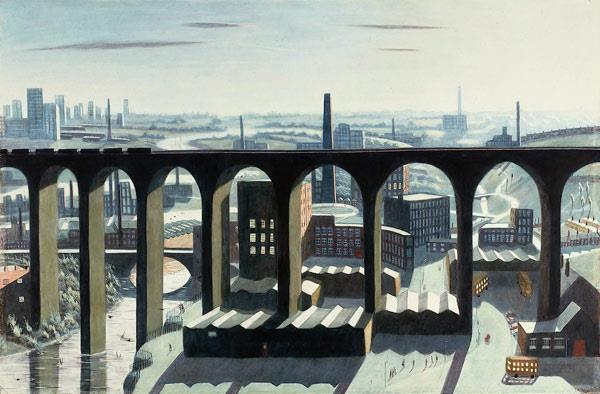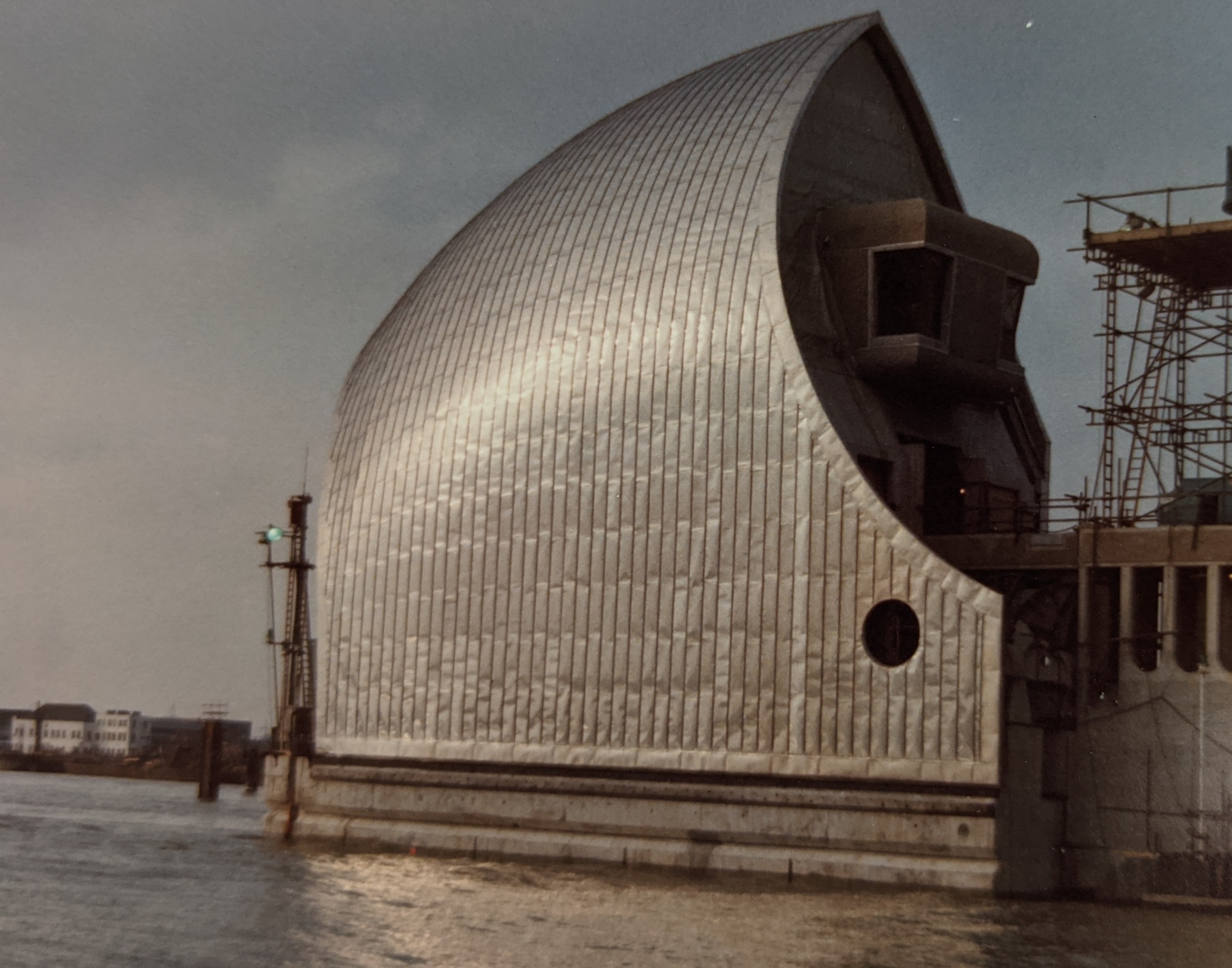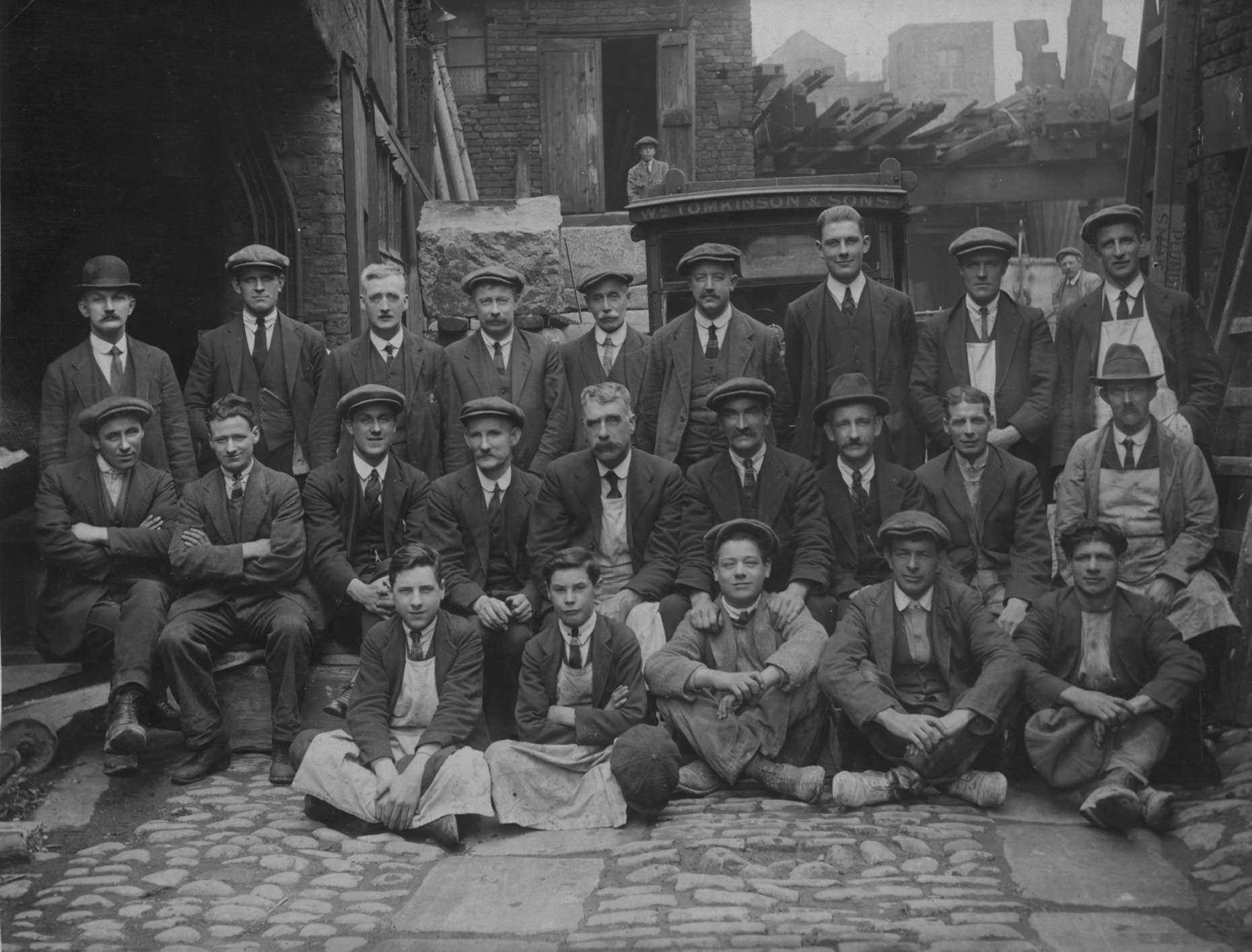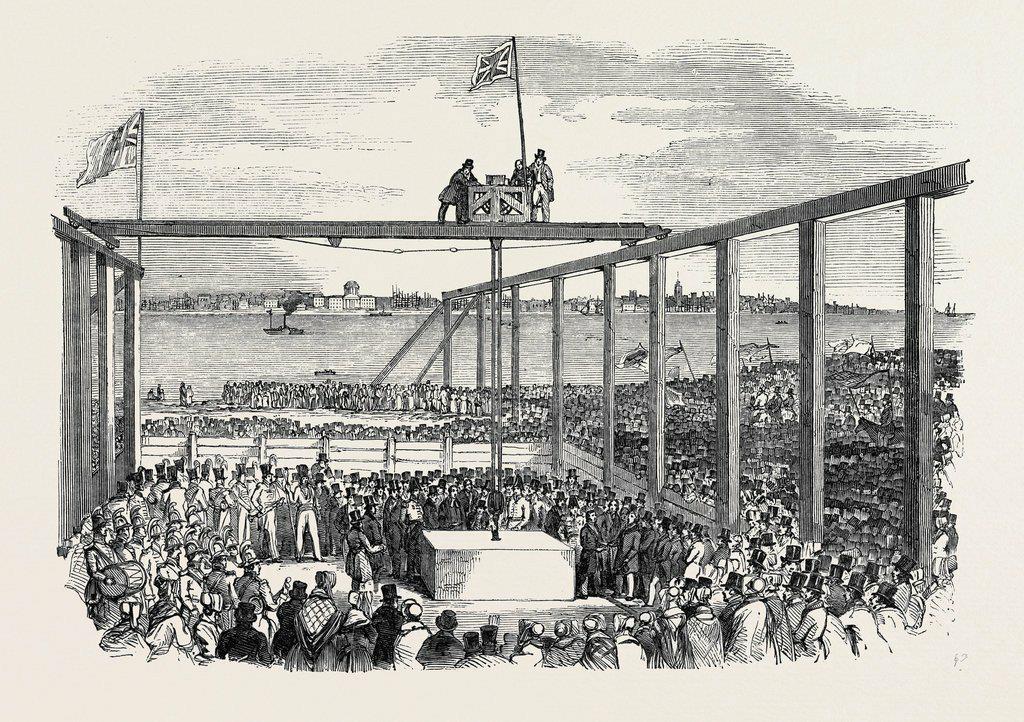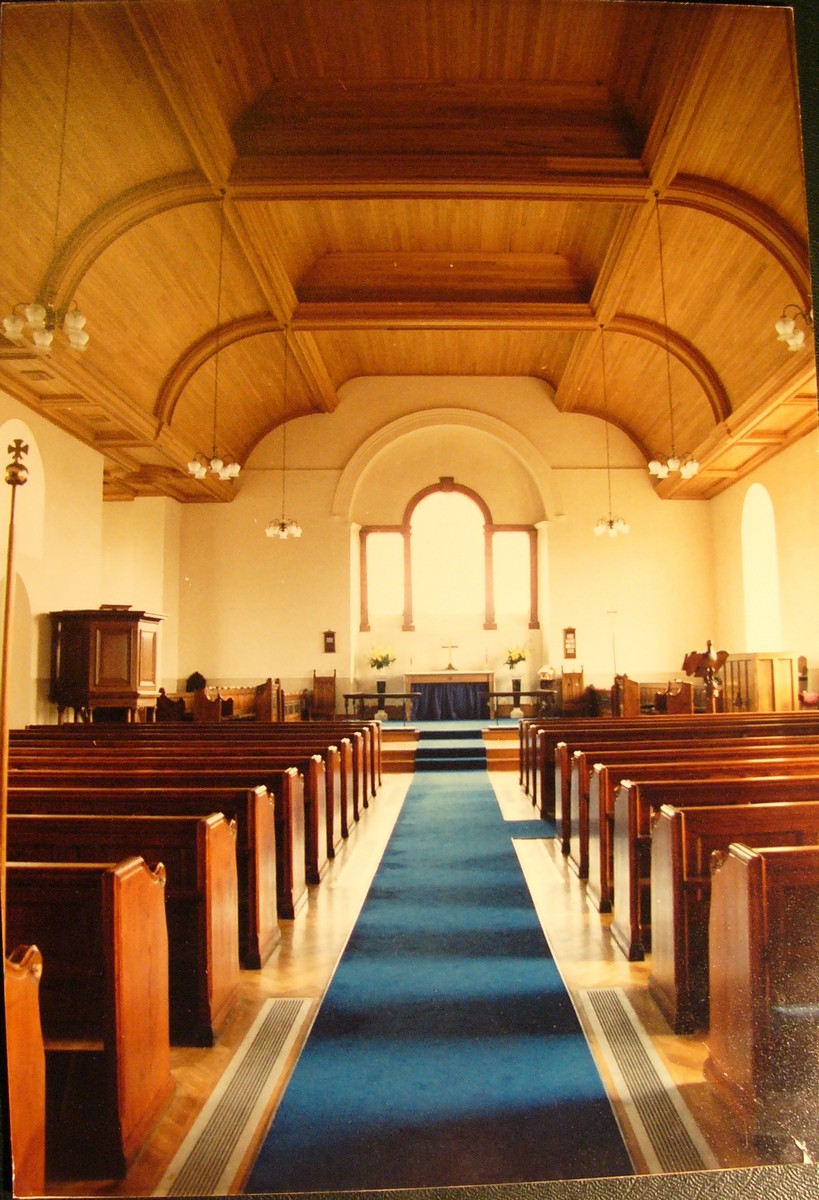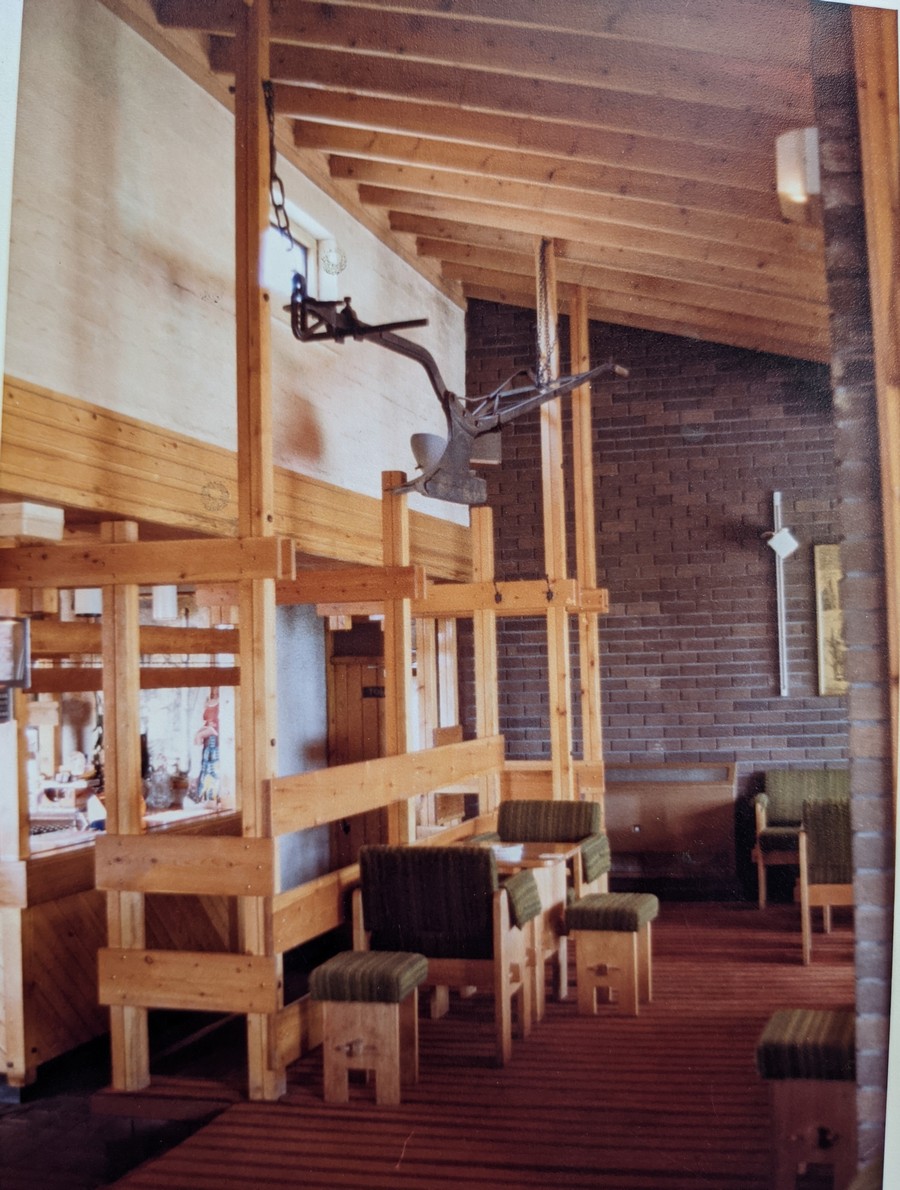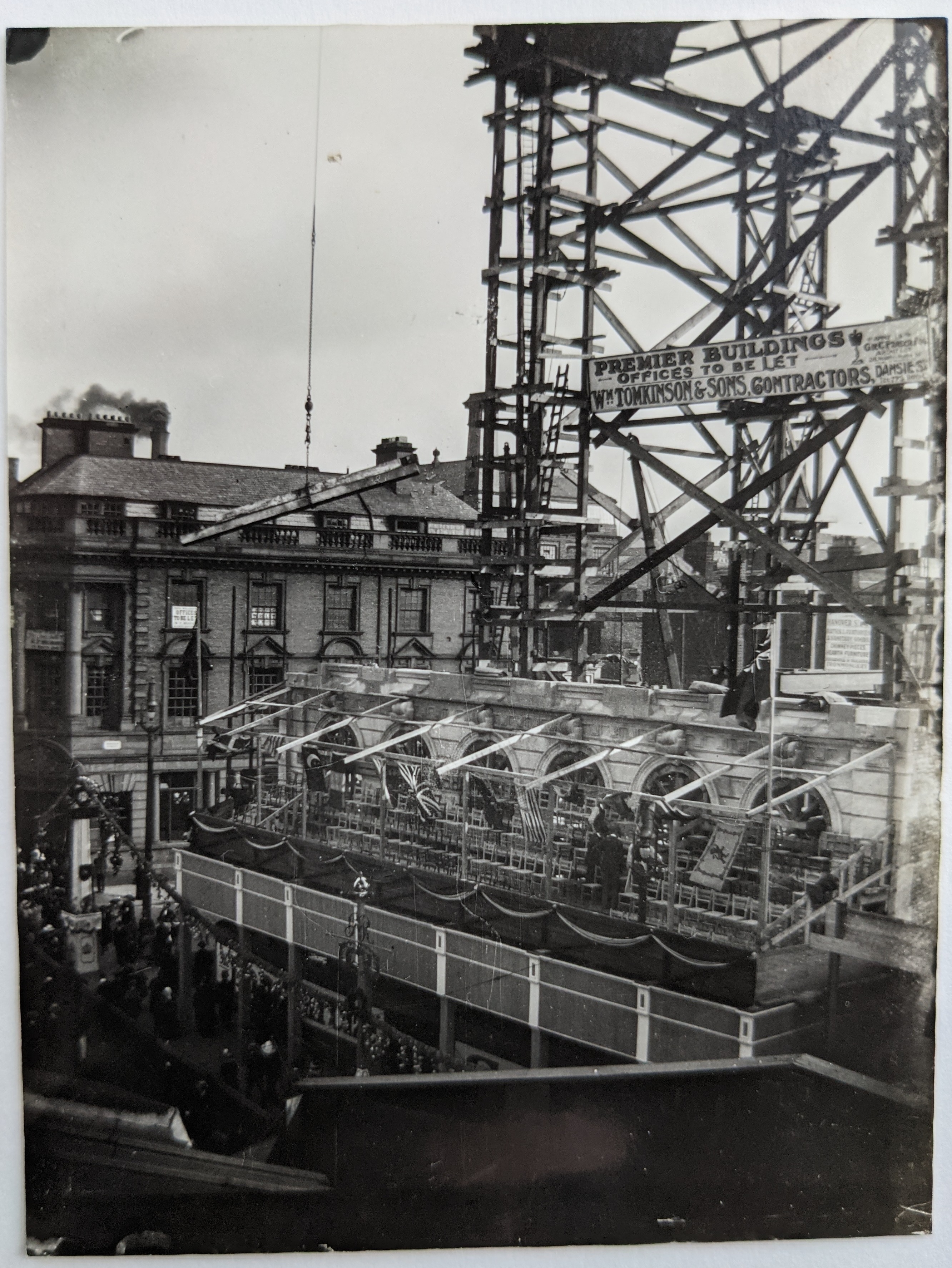-
index
- Ancestors
- William_Tomkinson_the_Elder
-
John_Tomkinson
-
Facets
-
John T projects
- Dock work
- Necropolis
- St_James_cemetery
- Perch Rock Light
- Perch Rock Fort
- Custom_House
- Southport_sea_wall
- Fleetwood_embankment
- Storeton_Quarry
- Stockport_Viaduct
- Collegiate_School
- Dane_Viaduct
- St_Georges_Hall
- Birkenhead_Docks
- Bolton_market
- Sailors_Home
- The_Black_e
- St_Catherines
- Cornwallis_St_School
- Lime_Street_Station
- New-Fish-market
- Bank_of_England
- Waterloo_Dock
- Scaffolding
- Developments
- Herculaneum_Dock
- Gambier_Terrace
- Percy-Street-houses
- Hamilton_Square
- quarries
- Biography
- Ships
-
John T projects
-
Facets
- William_Tomkinson_II
- Charles
- John II
- Wm_Tomkinson_and_Sons
- Merseyside_Plumbing
- Liverpool_Decorators
- Pyrotherm
- Tomkinson_Construction
- John T projects
- spare
